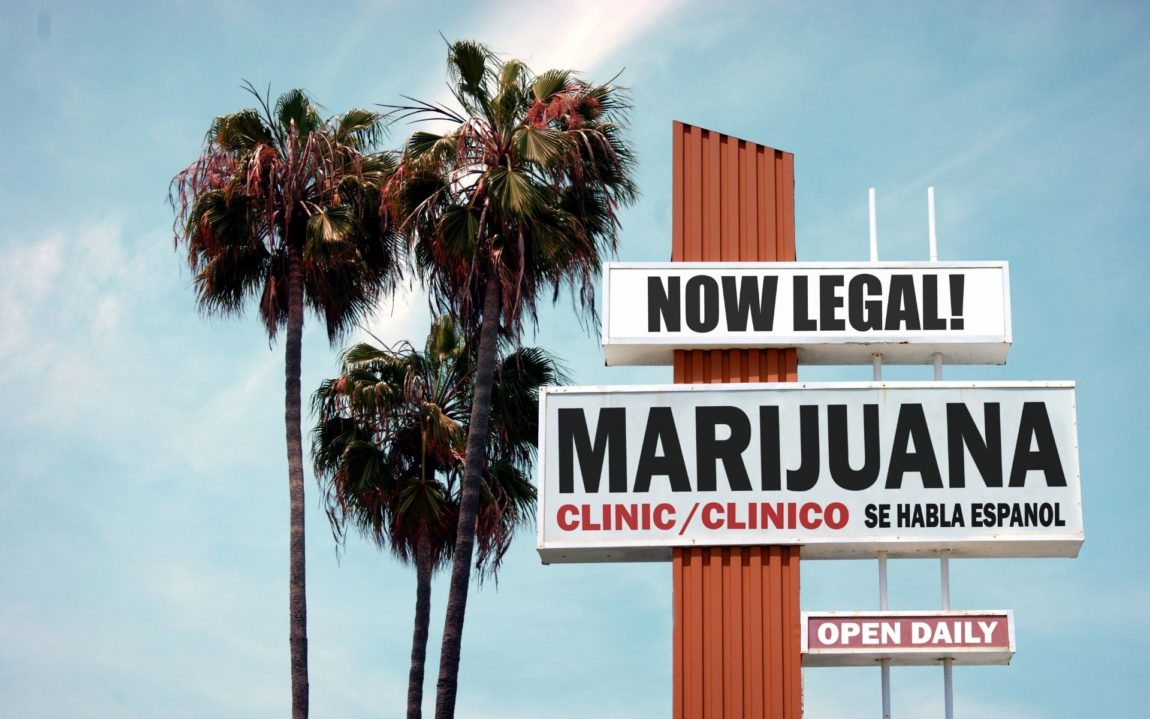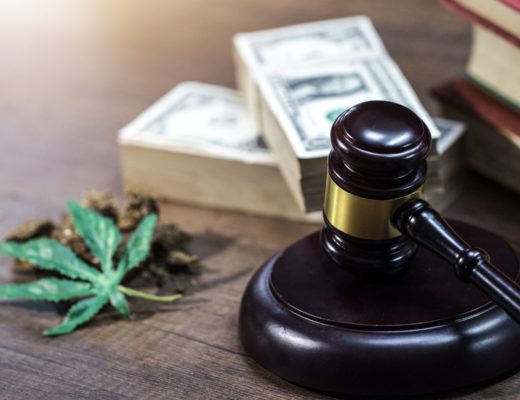Before cannabis was banned in the United States, the plant was used by many civilizations dating back to ancient times. It was mostly used for healing and sacred ceremonies.
Now, after many years, cannabis is having a resurgence as the movement to legalize marijuana picks up.
Nearly seven-in-ten Americans support legalizing the possession and use of marijuana by adults, according to nationwide polling data, with 68% supporting the legalization of marijuana on the federal level.
The key argument for making it legal is the proof in medical studies showing that cannabis has great potential for medical use. Also, the War on Drugs has been proven a failure and through the Black Lives Movement, it has come to light that it disproportionately impacted the black community. Part of ending discrimination has spurred a review of existing cannabis policies.
70% of U.S. adults now consider smoking marijuana to be morally acceptable.
In the beginning, legalization was slow going with California being the first state to legalize marijuana for medical use in 1996. Colorado and Washington were the first states to legalize the recreational use of cannabis in 2012 and paved the way for marijuana reform. As of July 2021, there are a total of 21 states and US territories where cannabis is fully legal.
In what states is Cannabis illegal?
As of July 2021, there are 11 states where both medicinal and recreational cannabis is illegal according to MPP.org and those states are:
- Georgia
- Kansas
- Kentucky
- Idaho
- Indiana
- Iowa
- South Carolina
- Tennessee
- Texas
- Wisconsin
- Wyoming
However, there are many states where there is a mixture of what is legal and what is not.
When it comes to legalization there are states that are fully legalized, fully illegal, legalized medicinal cannabis only, and states where the possession of cannabis has been decriminalized.
Why are states holding back from legalization?
Sweeping state legalization of cannabis has not happened yet for a variety of reasons but the most notable is the fact that the states that have not legalized it are headed by Republican lawmakers. The War on Drugs started because of political reasons so it is only fitting that its legalization of it is held up for the same reason.
According to Gallup’s 2020 poll, just 48% of self-identified Republicans favored the idea of legalizing cannabis nationally. That compares to 83% of self-identified Democrats.
Another reason is that some of these states lack the initiative and referendum process to push the legalization of marijuana through the judicial process. The I&R process allows ideas to be introduced and potentially put on a ballot for a vote by the state’s residents. This means that in those states lacking an I&R process, residents must rely on their state’s legislature to initiate change on the cannabis front.
What needs to happen to get these states legalized?
Residents of these states need to make it known in a louder way that they want the legalization of cannabis to be an issue that is dealt with in their state’s legislature. They need to write to their representatives, hold rallies and town hall meetings, and they need to spread the word through social media.
Try these steps if you are interested in pursuing legalization in your state:
Step 1: Educate yourself about the issue. You need to be able to explain why marijuana should be legal again. For guidance, check out this guide on MPP.org.
Step 2: Find out if there are any local chapters of NORML or Students for Sensible Drug Policy in your area to help surround yourself with like-minded individuals working toward the same goals.
Step 3: Go to community events, town halls, and city council meetings to network and meet people who are interested in the issue.
Step 4: Create a petition and gather as many signatures as possible.
Step 5: Get proof of support from community leaders like other elected officials, medical professionals, law enforcement, patients and caregivers, veterans, clergy, business leaders, and advocacy organizations.
Step 6: Contact your lawmakers to let them know their constituents support a marijuana policy reform. Show them proof with the petition containing their constituents’ signatures. If your goal is to get marijuana legal at the state level, you need to contact your elected state representatives. However, you can also contact your federal representatives as well and urge them to remove marijuana from the list of Schedule 1 substances.
If you want to learn more about your state laws regarding marijuana and get the latest up-to-date legislature for your state check out MPP.org.





No Comments